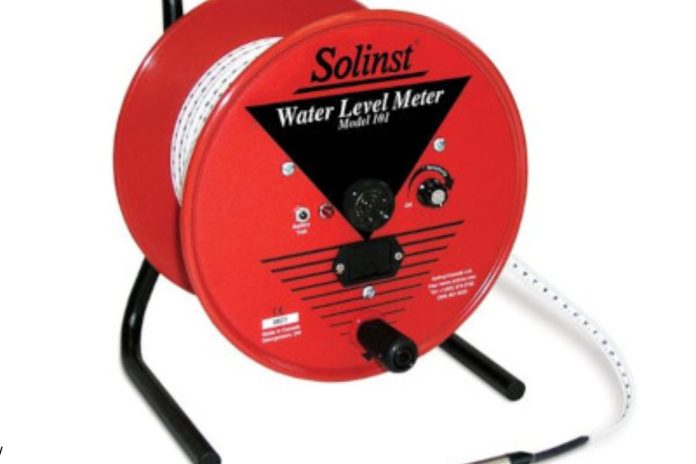Water is essential to life, and ensuring its quality is crucial for health, environmental protection, and industrial processes. Water monitoring instruments are powerful tools designed to measure various parameters of water, helping us understand, manage, and protect this vital resource. From ensuring safe drinking water to monitoring aquatic ecosystems, these instruments play a critical role across various sectors. This blog explores the diverse uses of water monitoring instruments and highlights their importance in different applications.
What Are Water Monitoring Instruments?
Water monitoring instruments are devices used to measure different aspects of water quality, including physical, chemical, and biological parameters. These instruments can track a wide range of factors such as pH, turbidity, dissolved oxygen, temperature, and conductivity. They come in various forms, from portable handheld devices to complex in-situ sensors and laboratory equipment.
Ensuring Safe Drinking Water
One of the most critical applications of water monitoring instruments is in ensuring the safety of drinking water. These instruments are used to test for contaminants such as bacteria, heavy metals, nitrates, and other harmful substances. Regular monitoring helps detect potential issues before they affect public health, ensuring that water meets safety standards and is safe for consumption. In municipal water systems, continuous monitoring is essential for maintaining compliance with regulatory requirements and safeguarding community health.
Environmental Monitoring
Water quality monitoring is also crucial for environmental protection. Instruments are used to measure parameters in rivers, lakes, and oceans, providing valuable data on the health of aquatic ecosystems. For example, monitoring dissolved oxygen levels helps assess the vitality of aquatic life, while turbidity measurements can indicate the presence of sediment or pollutants. This data is crucial for detecting pollution sources, tracking changes in water quality over time, and making informed decisions about conservation efforts and regulatory measures.
Agricultural Management
In agriculture, water quality is vital for both irrigation and livestock. Water monitoring instruments help farmers ensure that water used for irrigation is free of harmful contaminants that could affect crop health. They also monitor water quality in ponds and tanks used for livestock, ensuring that animals have access to clean and safe drinking water. Additionally, these instruments help manage water usage efficiently, optimizing irrigation practices and reducing waste.
Industrial Applications
Industries that use water in their processes, such as manufacturing, mining, and power generation, rely on water monitoring instruments to maintain operational efficiency and compliance. These instruments monitor water used in cooling systems, waste treatment facilities, and production processes, ensuring that water quality meets specific standards. Regular monitoring helps prevent equipment damage, reduces the risk of operational disruptions, and ensures that waste products are properly treated before discharge.
Research and Development
Water monitoring instruments are indispensable in research and development activities. Scientists and researchers use these tools to study water-related phenomena, develop new technologies, and understand the impact of various factors on water quality. For instance, researchers might use sensors to study the effects of climate change on freshwater systems or to develop new methods for water purification. The data gathered through these instruments contributes to advancing scientific knowledge and improving water management practices.
Emergency Response and Disaster Management
In emergency situations, such as natural disasters or industrial accidents, water monitoring instruments play a crucial role in assessing water quality and safety. They can quickly identify contaminants and measure their concentrations, providing vital information for response teams. This helps in making informed decisions about water use and remediation efforts. For example, after a flood, monitoring instruments can help determine the extent of contamination and guide cleanup and recovery operations.
Regulatory Compliance
Compliance with water quality regulations is essential for protecting public health and the environment. Water monitoring instruments help organizations, municipalities, and industries meet regulatory requirements by providing accurate data on water quality. Regular monitoring ensures that water sources remain within permissible limits for various parameters, helping to avoid penalties and maintain compliance with environmental laws and standards.
Choosing the Right Water Monitoring Instrument
Selecting the appropriate water monitoring instrument depends on several factors, including the specific parameters you need to measure, the environment in which the instrument will be used, and the level of accuracy required. Consider the parameters you need to monitor, such as pH or turbidity, and choose an instrument that provides accurate readings for those measurements. The environment, whether field or laboratory, will also influence your choice, with portable instruments suited for fieldwork and more precise devices used in labs. Ensure the instrument offers the necessary accuracy and check if it requires regular calibration. Additionally, select an instrument that is user-friendly and comes with adequate support and training, especially if multiple users will operate it.
Conclusion
Water monitoring instruments are essential tools for a wide range of applications, from ensuring safe drinking water to protecting aquatic ecosystems and managing industrial processes. Their versatility and precision make them invaluable for maintaining water quality, supporting research, and responding to emergencies. By understanding the various uses and selecting the right instruments for your needs, you can effectively monitor and manage water resources, contributing to a healthier environment and a safer future.









